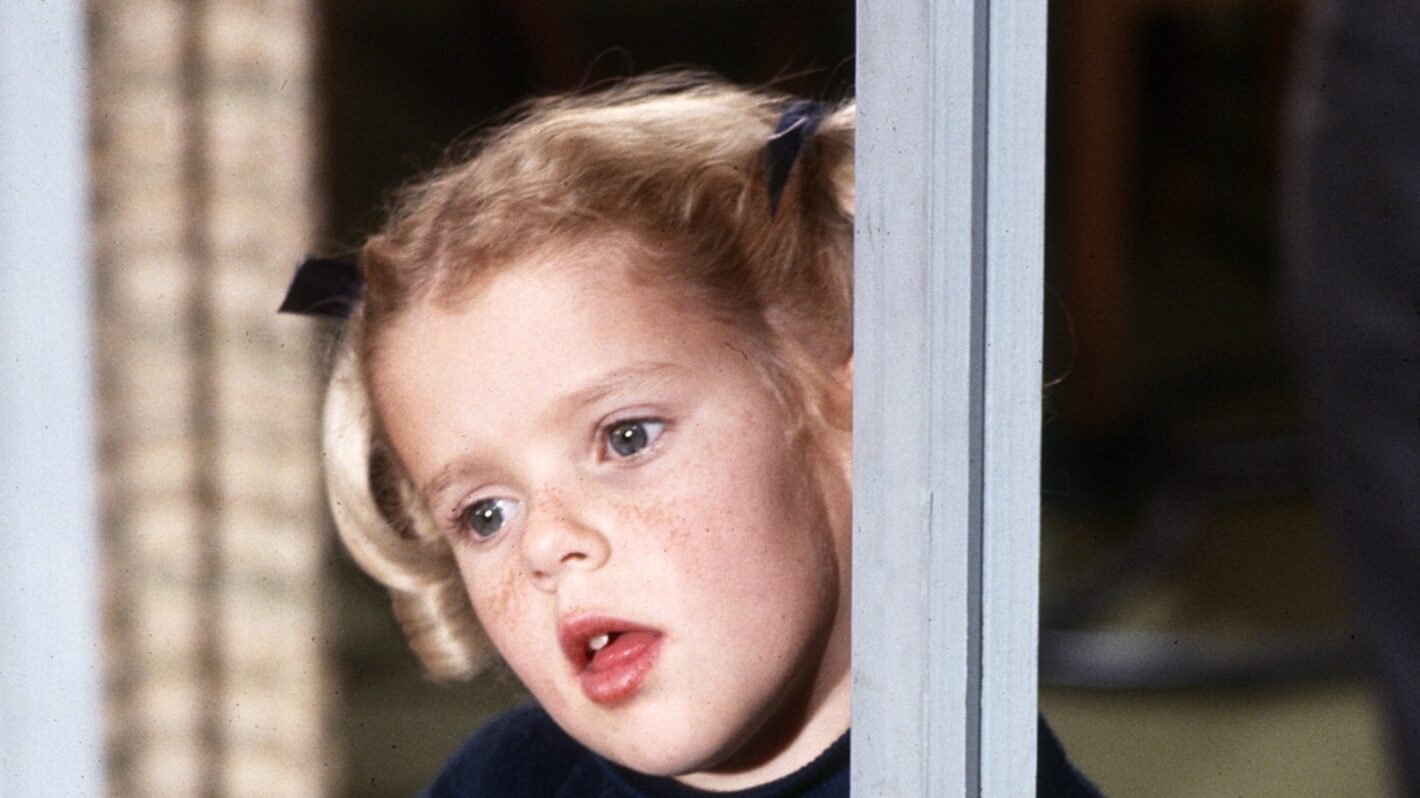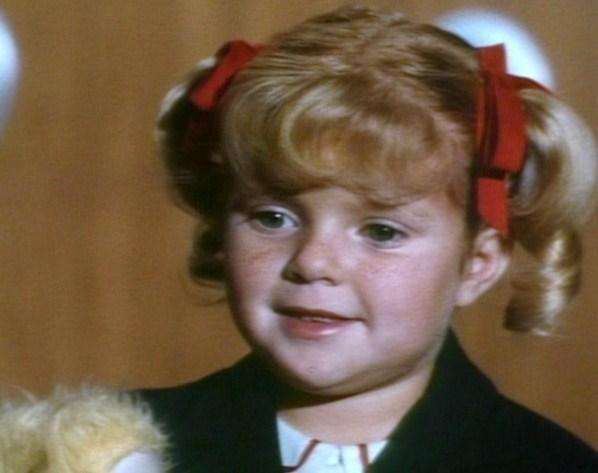The tragic mystery surrounding Anissa Jones, the beloved child star of “Family Affair,” has taken a dark turn as new evidence sheds light on the circumstances leading to her untimely death at just 18 years old. Once the epitome of innocence, Jones was found dead in 1976, surrounded by a lethal cocktail of substances, raising urgent questions about the pressures of child stardom and the systemic failures that contributed to her demise.

Anissa Jones, who captured hearts as Buffy Davis, became a household name in the 1960s. However, behind the charming facade lay a relentless schedule and mounting pressures that ultimately led to her tragic downfall. As her fame skyrocketed, so did the expectations placed upon her, leaving Anissa trapped in a role she could not escape. The pressures of show business took a toll on her mental health, and by the time her show ended, she found herself struggling to reinvent her identity.
In a shocking revelation, it has been uncovered that Anissa was not just a victim of her circumstances but was enabled by a medical professional who contributed to her substance abuse. Dr. Don Carlos Moss, a physician known for his questionable prescribing practices, allegedly provided Anissa with prescriptions for dangerous substances, including barbiturates and PCP. An envelope addressed to his practice was found at the scene of her death, linking him directly to the tragic events of that fateful night.

The toxicology report revealed a staggering mix of drugs in Anissa’s system, including quaaludes and angel dust, a combination that proved fatal. Witnesses at the party where she died described a night filled with reckless abandon, underscoring the chaotic lifestyle that had overtaken the once-innocent star. As investigators delve deeper into the case, it becomes clear that Anissa’s story is not merely one of personal tragedy but a reflection of a larger systemic issue within the entertainment industry.
The fallout from Anissa’s death has been profound, leaving a trail of devastation in its wake. Her younger brother, Paul, who idolized her, succumbed to similar struggles and died just a few years later from a substance overdose, highlighting the tragic impact of their shared childhood experiences. Their mother, Mary Paula Jones, has fought tirelessly for answers and accountability, but the loss of both her children has left an indelible mark on her life.

As the investigation into Dr. Moss’s practices unfolds, the public is left grappling with the haunting question: How could such a promising young life be so carelessly extinguished? Anissa’s story serves as a chilling reminder of the dark side of fame, raising urgent calls for reform in how the industry protects its young stars. The echoes of her tragic tale resonate today, reminding us of the urgent need for change in an industry that too often prioritizes profit over the well-being of its most vulnerable talent.
As we reflect on Anissa Jones’s legacy, one thing becomes clear: her story is more than just a cautionary tale; it is a powerful indictment of a system that failed her. The questions surrounding her death remain unanswered, and as investigations continue, we must confront the uncomfortable truths about the exploitation of child stars. Anissa’s tragic end is a stark reminder that fame can come at a devastating cost, and it is time for the industry to take responsibility for its role in shaping the lives of those it elevates.





